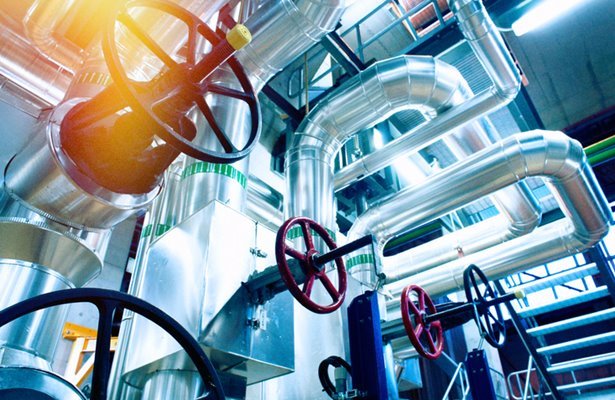As an engineering professional working with pressure equipment, your success is predicated on a comprehensive understanding of pressure vessel systems before, during, and after installation. This end-to-end learning path covers design, materials, fabrication, examination, and testing requirements found in the current edition of the ASME Boiler and Pressure Vessel Code (BPVC), Section VIII: Rules for Construction of Pressure Vessels Division 1.
Proper application of the ASME BPV Code, Section VIII, Division 1 and insight into industry best practices from this learning path will help pressure equipment engineering professionals to comply with these rules and succeed in achieving the operational and regulatory goals of their organization.
This official ASME Pressure Vessel Learning Path, comprised of two self-study eLearning courses accessible via ASME’s Learning Hub, is designed to provide learners with the key considerations along with the theoretical and practical skills to excel as a pressure vessel engineering professional.
Both courses feature recordings of live Virtual Classroom sessions taught by ASME’s expert Instructors to provide insight into industry best practices.
By participating in this learning path, you will learn how to successfully:
- Describe the scope, purpose, and organization of the ASME BPV Code, Section VIII, Division 1 (BPVC VIII-1) highlighting the most commonly applied subsections, paragraphs, and appendices
- Define allowable materials, explain how to reclassify materials, and identify material traceability requirements
- Explain how to apply the Code rules to common design and fabrication situations
- Identify the calculations for some of the loadings and situations not addressed by the Code
- Describe the preparation of design specifications, design reports, data reports, and other documentation
- Identify the most commonly used Codes and Standards applicable to the inspection, repair, and alteration of existing pressure equipment
- Identify detailed requirements of the NBIC
- Explain the differences between the NBIC and API-510
- Describe the latest developments in the rapidly advancing field of pressure equipment inspection and repairs
- Explain the responsibilities of the users, manufacturers, repair organizations, jurisdictional regulatory agencies, and inspectors
- Explain how to obtain a National Board Certificate of Authorization and stamp
- Identify and provide examples of repairs, alterations and the documentation requirements for a National Board Certificate of Authorization and stamp
- Provide examples demonstrating the application of the rules.
For the full list of learning objectives and detailed descriptions for this learning path, please click on the links to the individual courses above.
Who should attend?
Engineers and technical professionals from repair organizations, inspection agencies and other organizations involved with inspection, repair, and alternation of pressure equipment. Intended for manufacturers, users, owners, constructors, designers, and others concerned with the design, fabrication, assembly, erection, examination, inspection, and testing of pressure vessels, plus all potential governing entities. Learners seeking introductory pressure vessel design training or refresher training on the latest edition of ASME BPV Code, Section VIII, Division 1.
Course participants are expected to have:
- Access to computer equipment and a reliable internet connection
- A calculator
- Software to display PDF files (such as Adobe Reader)
Supplemental Course Materials (not included with course, purchase separately)
Recommend access to the current edition of the ASME Boiler and Pressure Vessel Code (BPVC), Section VIII: Rules for Construction of Pressure Vessels, Division 1.
A Certificate of Completion will be issued to registrants who successfully complete each course in this ASME BPV Code, Section VIII, Division 1:
Pressure Vessel Learning Path.

